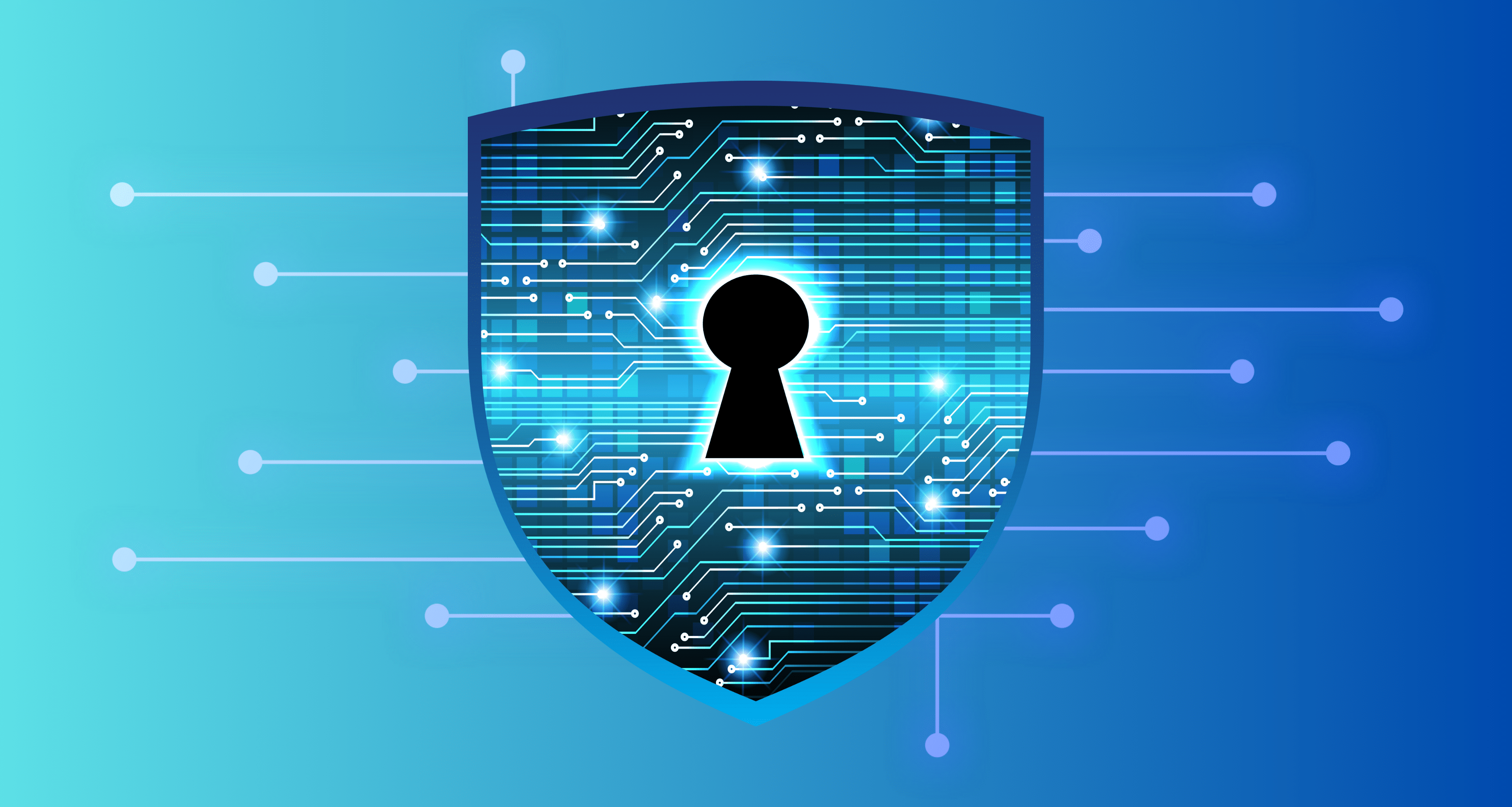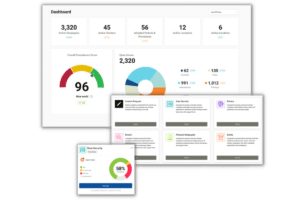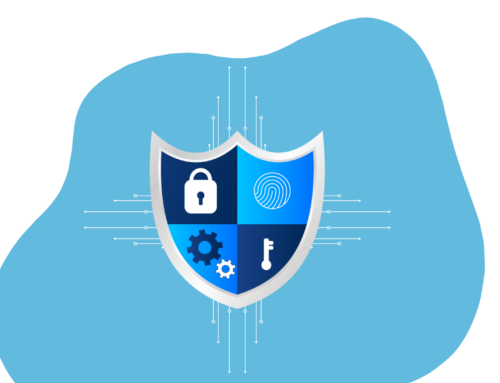Service Organization Control Type 2 (SOC 2) is typically considered the more popular cybersecurity framework in the healthcare industry because its guidelines closely compare to HIPAA requirements. While SOC 2 is an industry favorite, the National Institute of Standards and Technology (NIST) is still an internationally respected alternative and is often highly recommended for its flexibility and shorter adaptation curve.
SOC 2 and NIST frameworks both aim to protect your company’s and client’s data. However, both options protect your data in different ways.
Keep reading to find out exactly how the two are similar and how they differ.
Understanding the Main Difference
SOC 2 functions as an auditing standard that operates around five primary trust principles:
- Security
- Availability
- Processing integrity
- Confidentiality
- Privacy
Its main objective is to focus on assurances surrounding customer information since it’s made to guide service-based organizations that store data.
NIST also functions based on five core components:
- Identify
- Protect
- Detect
- Recover
- Respond
NIST is a versatile and voluntary framework focusing on network, system, and general data protection that helps reduce the risk of cybersecurity incidents.
Why Data Security in Healthcare is Important
Data security in healthcare is a critical component of patient care and regulatory compliance. Because of that, healthcare providers are often relying on third-party vendors for multiple services. This can range from EHR systems to telehealth support.
When selecting these vendors, healthcare providers assess their security practices to ensure alignment with internal operations, regulatory requirements, and general industry best practices. This is why compliance with security measures like NIST and SOC 2 remains essential.
How to Know Which Framework Suits Your Business
Generally speaking, both SOC 2 and NIST standards are designed to protect customer data. However, while the two concepts are similar, one may be more appropriate for your business than the other.
For example, NIST primarily focuses on actual “data security,” while SOC 2 is geared more toward “system and process security.” Choosing the most suitable framework for your organization depends on various factors, including specific industry requirements, the nature of your business operations, and your level of risk tolerance.
Take a few things into consideration when deciding between a NIST and SOC 2 framework.
Business Risk Tolerance Level
NIST provides a risk-based approach to cybersecurity. This helps businesses to better identify, assess, and mitigate risks. If your business prioritizes a more structured risk management methodology, NIST frameworks would be the most comprehensive option, considering they also cater to businesses of any size.
The same applies to SOC 2 implementation, considering that it’s not just a one-time set of guidelines but is more of a suite of continuous criteria.
Resource Availability
NIST might be the more adaptable option between the two, but you will need in-depth knowledge of your organization and an understanding of the high number of control families of the NIST framework. However, while NIST is a robust security publication, it may make the most sense for businesses with limited resources.
SOC 2, on the other hand, may involve more of a curve when considering adaptation, and it requires a more thorough understanding of the implementation of controls, often resulting in needing professional auditors.
Scope of Your Security Program
Start with outlining the scope of your security program. Consider that SOC 2 is more tailored for service-based businesses. If your organization is built on delivering services directly to clients, SOC 2 may be more appropriate. However, if you need more versatility and have a diverse operational and client management framework, NIST may be ideal.
Learning Not to Navigate Compliance Alone
Many businesses fail at compliance, and the most common reason isn’t just a lack of or limited financial resources. It’s often primarily associated with an inadequate amount of human resources. This could translate into not knowing how to align your company’s resources to pinpoint the most appropriate cybersecurity option based on what you can access and what you can’t.
SOC 2 to NIST mapping helps improve security while making deal facilitation safer and faster. However, it can be confusing for business owners to decide between SOC 2 and NIST without the right level of guidance.
Work with Compliancy Group to get the right start for your compliance project and support to make it successful.










